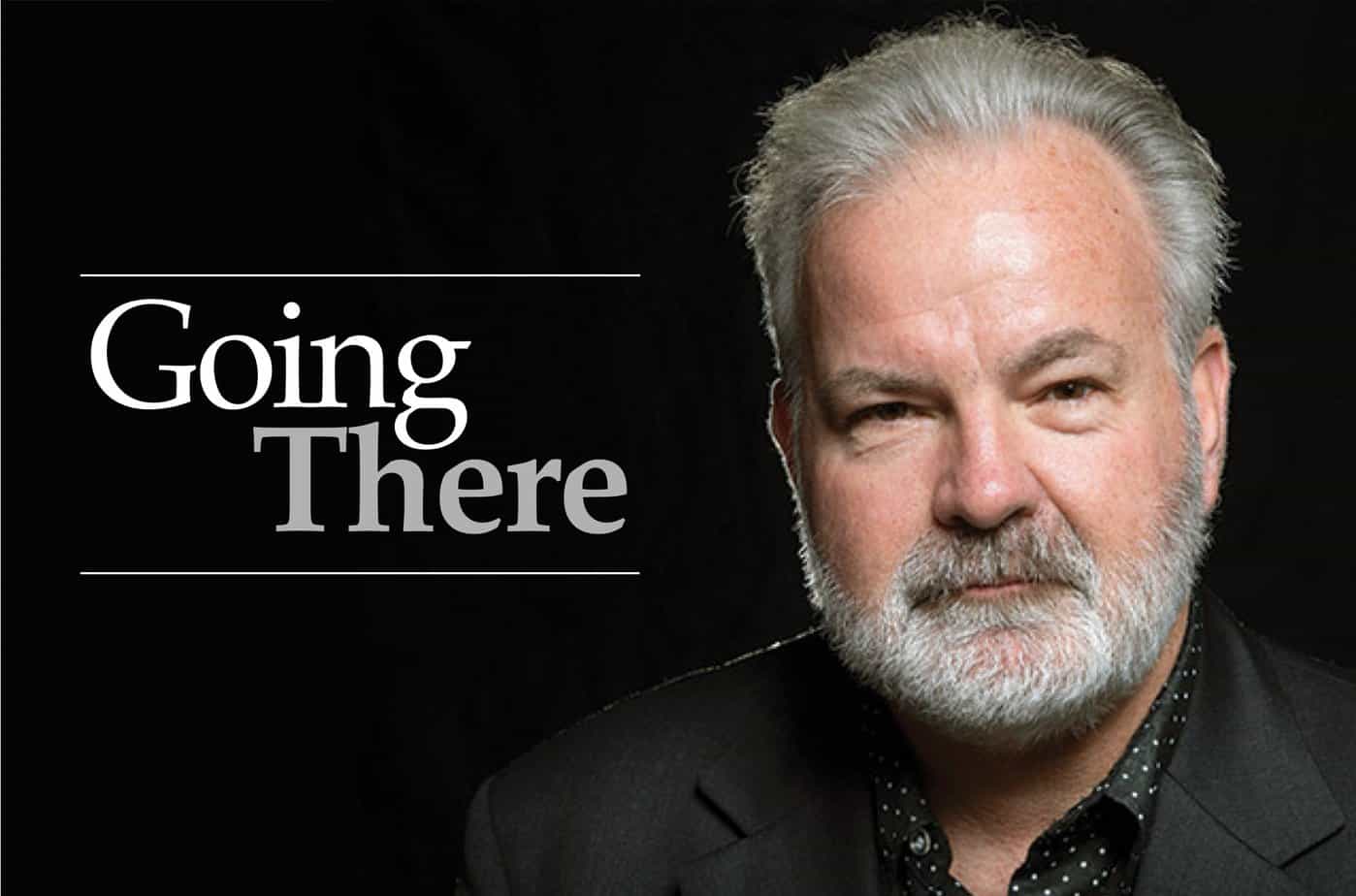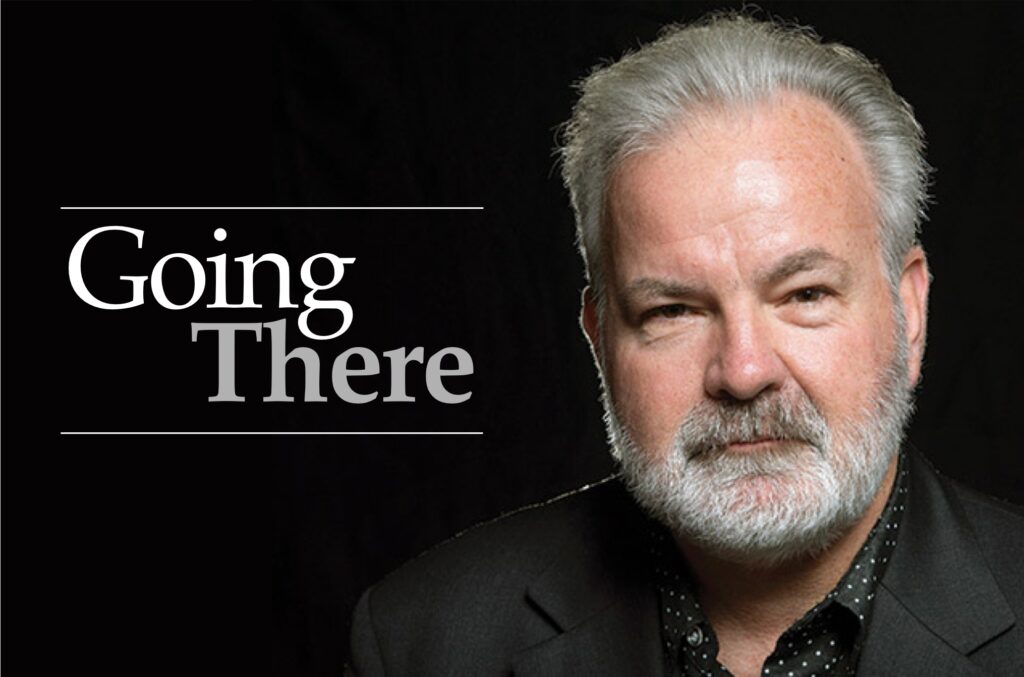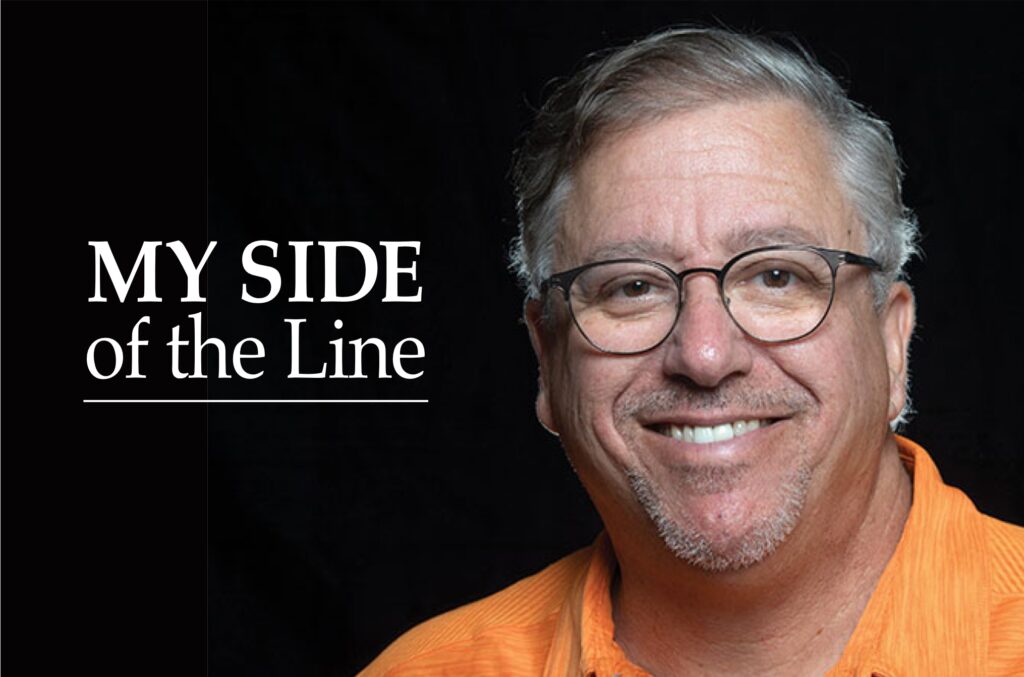Awards season brings a meaningful, full circle moment

by Mick Rhodes | editor@claremont-courier.com
I landed my first full-time job in journalism after somehow hoodwinking a brilliant publisher with a long track record of sound personnel decisions into deviating from that course and hiring me.
It was 1992, and I had been on a family vacation on the California side of North Lake Tahoe when a chance meeting with a neighbor resulted in me having the unjustified audacity to walk into Jeff Ackerman’s office at the North Lake Tahoe Bonanza and present myself as a professional journalist. My only experience had been as a general assignment reporter and occasional columnist for my college newspaper, and as a sports “stringer” — another word for “amateur” — for the San Gabriel Valley Tribune and Los Angeles Times.
Emboldened by some nice feedback on a couple stories, I was thinking I just might be able to make this journalism thing work. Miraculously, Jeff took a chance on me, making me a general assignment reporter, business editor, and later, sports editor.
Named after a charming tourist attraction in Incline Village, Nevada where the namesake TV series was shot, the weekly Bonanza was an old time bustling newsroom. Folks walked up to the front counter to complain, cajole, and occasionally compliment. My first few weeks were a blur as I endeavored to stay afloat. I worked well into the night that summer honing my stories and getting familiar with my newfangled Apple Macintosh Classic II.
To say I was green does a disservice to the color. I had recently turned on my first computer at the Tribune, and my understanding of the mysterious, confounding machine ended there. My reporting was naïve at best, hokey and underinformed at its worst.
It wasn’t until much later that I realized how lucky I had been to have attended this fantastic journalism boot camp. I was the beneficiary of this on-the-job training due only to the kindness and patience shown me by Jeff and my wonderful editor, James Robbins. Eventually I got the hang of things and somehow managed to win a couple Nevada Press Association awards for investigative reporting. To have evolved from terrified newbie to accepting an award in a low-ceilinged, smoke filled casino ballroom in Elko, Nevada a couple years later felt surreal. Looking back today, it’s even more farfetched.
Though my hourly wage at the Bonanza was $9, my extremely modest budget included two extravagances: I’d buy the Sunday Sacramento Bee and San Francisco Chronicle newspapers, and every now and then I’d splurge on a weekday edition.
The Bee was then and is now the paper of record for California politics. The Chronicle remains a beautiful, old-school newspaper, replete with in-depth, quirky local coverage, and was of course home to the late, great Pulitzer-winning columnist Herb Caen.
I’d sit on the porch of my tiny studio apartment with the million dollar 180-degree view of Lake Tahoe — at $650 per month — and devour those newspapers. The Bee and Chronicle read as otherworldly. Though I was technically a peer, I didn’t for one second feel that way. They were in the big leagues, telling in-depth, complicated stories with an ease and a readability I could only aspire to.
After my time at the Bonanza, I spent a decade in the entertainment industry and my relationship with journalism shifted from participant to fan. When babies began appearing, I switched gears again, to the world’s most challenging yet fantastic job, stay-at-home dad.
When my kids were all in school and relatively self-sufficient I began to mull rejoining the official workforce. I wasn’t thinking about journalism when former Courier editor Kathryn Dunn asked me if I would come work for her. I thought my journalism days were behind me. Still, I was intrigued at the prospect of giving it another go. Kathryn and Courier Publisher Peter Weinberger, just like Jeff Ackerman had 25 years prior, took a chance on me.
Within a few weeks I was again reveling in the thrills and spills of journalism. But also again I had to find my sea legs. After some squirrelly early fits and starts, it worked out. I rediscovered my love of telling stories, and my work got better over time.
When I was offered the editor’s job last summer, my primary fear was I would not be able to write much due to day-to-day managerial and editing demands. Now nearly a year in my writing time has indeed been constrained, but as the months have passed I’ve found spots to do what I love best.
Over these past few years I and my Courier colleagues have been lucky to have our work recognized by the California Newspaper Publishers Association. It’s always rewarding to know something you worked hard on and poured yourself into over weeks and months, sometimes years, has resonated.
The Courier was winning multiple CNPA awards long before I got here. We won nine this year. Last year we picked up 19 (by far the most we’ve ever received) and Steven Felschundneff won the statewide feature photo competition, the same trophy Peter Weinberger picked up in 2020.
But our recent spate of CNPAs for writing, in 2020, 2021 and now 2022, has been our first flurry of awards in those categories.
Still, when the CNPA announced its statewide awards for column writing last week, I was taken aback: my columns in the relatively dinky Claremont Courier were deemed second best in the statewide open category, right behind the San Francisco Chronicle’s Heather Knight, and right in front of the Sacramento Bee’s Yousef Baig.
The realization of the coincidence hit me immediately; my name, and the Courier’s, were sandwiched between those same two newspapers I’d pored over and deified as a cub reporter in Tahoe more than 30 years ago. It was a humbling, serendipitous, full-circle moment.
The 158-year-old Chronicle, with six Pulitzer Prizes, a daily circulation of 60,000, and a monthly reach of more than six million, is the largest newspaper in Northern California.
The Bee, first published in 1857, has 90,000 daily print subscribers, six Pulitzers, and is the flagship publication of the massive McClatchy Company. It also reaches millions each month through its robust online presence.
Here at the Courier we also have a long history, having first published in 1908. But our physical circulation is less than 4,000, we (thus far) have zero Pulitzers, and our modest website reaches 100,000 users in a good month.
One of these things is not like the other, and I am very proud of that distinction.
It’s ludicrous to suggest the Courier could be looked upon as a contemporary of the Bee or the Chronicle; we’re apples and oranges. But for this year — just like we were in 2020 and 2021 — we are at the table.
And that’s not nothing.







0 Comments